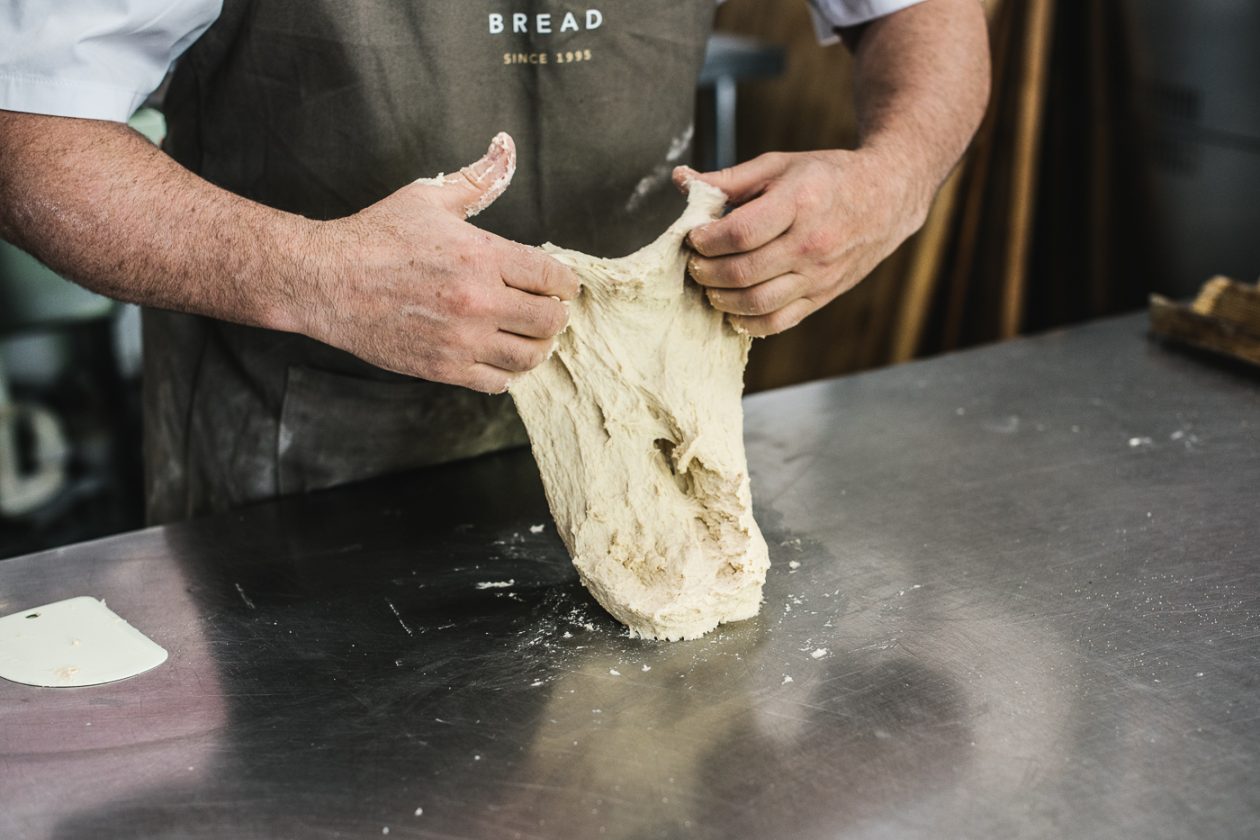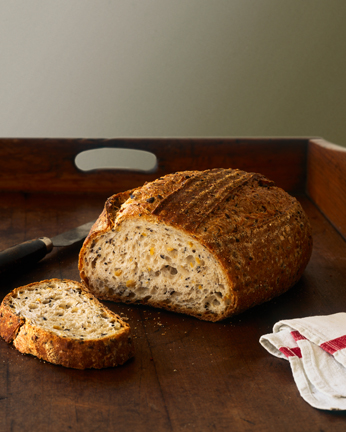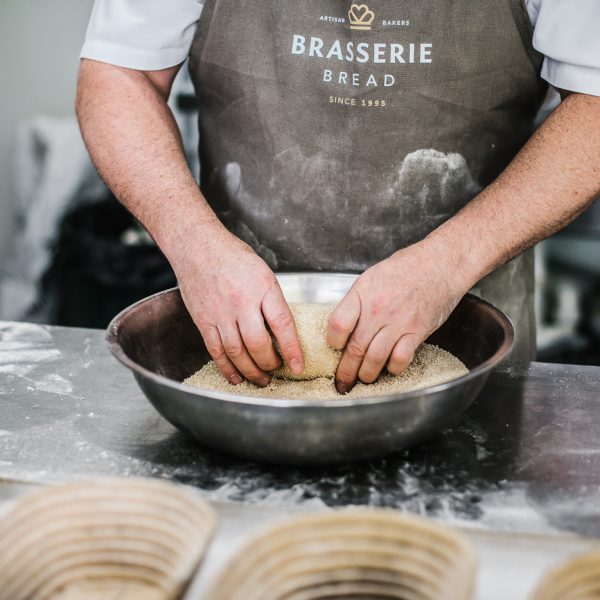“Bakers say that the sound of the crust crackling as it cools is the bread’s song’ ” – Rose Levy Beranbaum, The Bread Bible
A few weeks ago, I got my first ever crust-cut. A swift misstep, a prickling feeling, and a small slash of red appeared at the top of my right index finger. I stared at the culprit, the Quinoa loaf. Once innocently delicious, it now appeared mildly ominous – staring me down with its wild-looking spotted hide of grains and seeds. Its slashed crust, once a useful handle for picking the loaf up in a hurry, now resembled a shark fin full of hidden menace underneath.
While it was far from a mortal wound, it got me thinking about crust. What’s there to love about it? It’s hard, it cuts when brushed against at a wrong angle, and it’s no picnic on your jaws when untoasted.
Then again, there’s so much to love about it. A sweet, nutty flavour, that lingers on your palette long after the first bite has been swallowed. The crisp crunch to the bite; its golden brown shade and artisanal cracked texture; emanating in waves, a rich warm aroma after the bake.
I asked two of our artisan bakers what makes the perfect crust. Turan interestingly said it should have the texture of biscotti – crunchy and sweet. Paul gave the analogy of crust being the leather belt around a dress – a slightly sugary and nutty-tasting leather belt. As wearing a leather belt around a dress would typically complement the look you’re going for (or ‘complete the outfit’ as we say), crust should heighten and complement the taste and feel of a soft interior crumb, not to mention complete the look of an artisanal loaf.
Rose Levy Beranbaum’s excellent tome The Bread Bible (2003) backs up our Bakers claims to the perfect crust: Crust should be crisp, sugary, golden-brown in shade, and absolutely essential to completing the flavour palette of hearth bread.
Combining wild yeast such as our 15-year old Starter with water and flour, results in the breakdown of carbohydrates into Sugar. Cold fermentation (or ‘retarding’) later in the process halts the activity of yeast, allowing even more sugar to build up in the dough. This Sugar is what browns the crust and gives it its subtly sweet flavour. Yeast dies when the unbaked loaf is first placed in the oven, and releases gas in the process. Slashing the surface of the loaf before placing it in the oven allows the gas build-up in the loaf to escape, also creating that lovely artisanal slashed crust design (or ‘handles’ as all our sourdough batard loaves have)
Crust is every bit an arresting visual display as it is intricate and complex in taste. A beautiful crust both looks, and tastes divine. Anything less than that is failure – no wonder it’s such an obsession to get right. As for me, I’m looking at the humble crust in a different light now. No longer the least desired part of bread, give me something with a bite: A snarly, rough ‘of-the-earth’ crust that will reward the faithful with its rustic beauty and intricate taste, but viciously shred to pieces the mouths of unbelievers without a second thought (or a toaster).
Find out more:




